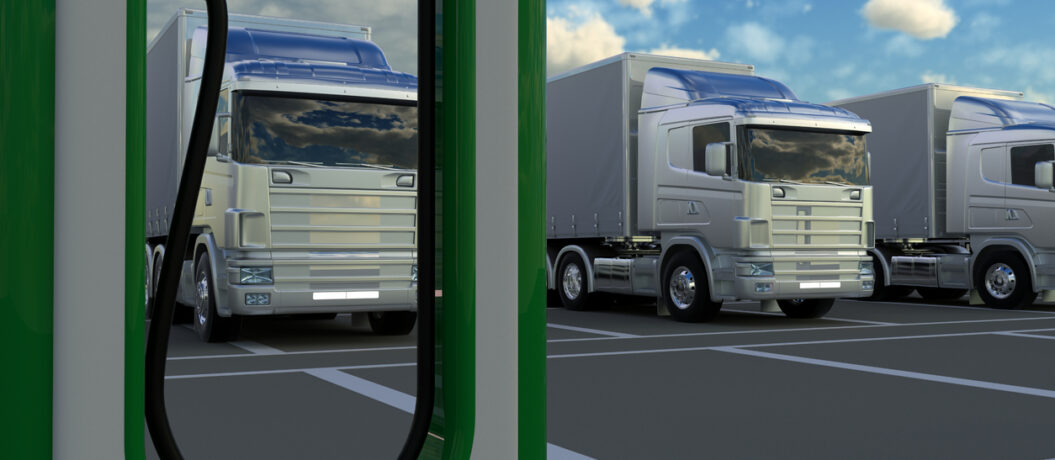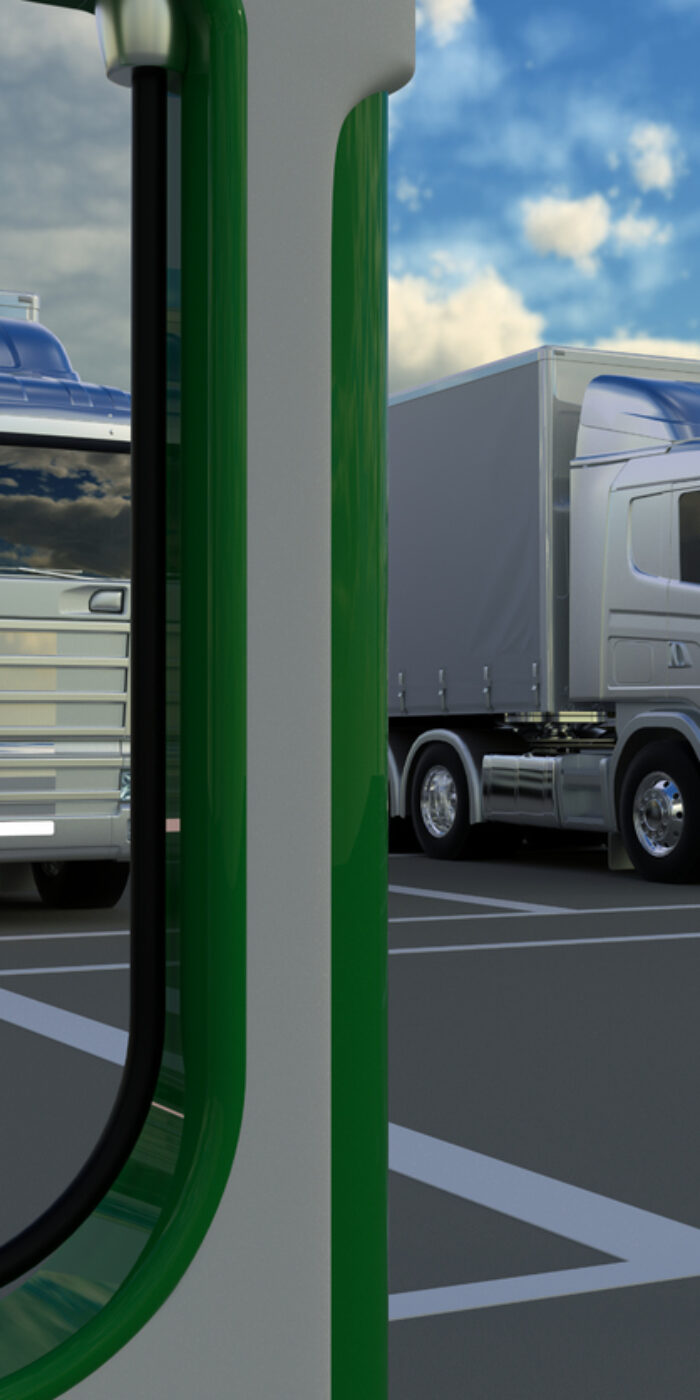The electrification of fleets is no longer a distant concept. More and more organizations are transitioning from traditional internal combustion engine (ICE) vehicles to electric vehicles (EVs), driven by regulatory mandates, lower operating costs, and sustainability goals. But as Hunter Souders, AssetWorks’ EV expert, emphasizes, transitioning your fleet to electric vehicles requires thoughtful planning. “Electrifying your fleet isn’t as easy as just swapping out your current ICE vehicles for battery-powered ones,” he explains. “It’s a much bigger shift that needs a well-thought-out strategy.”
This article breaks down the key considerations for fleet electrification, from infrastructure and vehicle selection to operational planning and contingency measures, helping fleet managers and decision-makers prepare for their EV transition.
Why Electrify Your Fleet?
Before jumping into the logistics, it’s essential to understand why fleet electrification matters. Transitioning to EVs offers several compelling benefits:
- Lower Costs: Electric vehicles can significantly reduce fuel and maintenance costs. EVs require less frequent servicing compared to ICE vehicles and eliminate the need for fossil fuels, which can be subject to fluctuating costs.
- Regulatory Compliance: Many states now have zero-emission mandates, making EV adoption a necessity. Meeting these regulatory targets can also help organizations avoid penalties
- Sustainability and Brand Image: Electrifying your fleet sends a strong signal to stakeholders that your business is committed to sustainability and a cleaner future.
However, Hunter stresses the importance of preparation. “Fleet electrification isn’t just about buying EVs and plugging them in,” he says. “It’s about understanding your fleet’s specific needs and planning accordingly.”
Key Components of Fleet Electrification
1. Infrastructure Readiness
One of the first steps in electrifying your fleet is assessing your infrastructure. Without the right electrical support, your EV rollout could hit significant roadblocks.
“Do you have the electrical capacity to support charging dozens, if not hundreds, of vehicles?” Hunter asks. It’s a critical question. Here’s what to consider:
- Charging Capacity: Ensure your facility’s electrical grid can handle the additional load from vehicle chargers. Upgrades may be necessary to support large-scale charging.
- Smart Charging Options: Explore intelligent charging solutions to optimize energy use and minimize costs. These systems can schedule charging during off-peak hours when electricity rates are lower.
- Grants and Incentives: Take advantage of government programs that provide funding for EV infrastructure. These incentives can help offset installation and operational costs.
2. Vehicle Selection
Choosing the right vehicles to electrify is pivotal to the success of your transition. Not all routes or fleet operations are equally suited for EVs.
“Start with the routes and vehicle types that make the most sense to electrify first,” Hunter advises. Important factors include:
- Payload, Range, and Performance Requirements: Do the available EV models meet your fleet’s needs in terms of capacity and distance
- Charger Compatibility: The types of vehicles you select will determine the chargers you need. For example, heavier vehicles with larger batteries may require higher-capacity chargers.
3. Operational Planning
Operational efficiency can make or break your fleet’s transition to EVs. Advanced planning is critical to avoid disruptions.
“Electricity isn’t just fuel; it needs to be managed and monitored like any other resource,” explains Hunter. Key areas to focus on include:
- Facility Layout: Determine whether your depot has enough space for multiple chargers and can support peak charging loads.
- Charging Strategies: Decide whether vehicles will rely on depot charging, public charging, at-home charging, or a combination. Vehicle rotation schedules should ensure uptime, even for EVs with longer charging requirements.
- Monitoring Tools: Leverage fleet management systems that integrate EV-specific data like charging performance, state-of-charge trends, and energy usage to optimize operations.
4. Charging Logistics
Charging logistics are unique to electric vehicles and require careful coordination to ensure operational continuity.
Hunter underscores the importance of planning for downtime. “Are there vehicles in your fleet that require more uptime with limited opportunities for charging?” he asks. For high-utilization vehicles, he recommends investing in solutions like DC fast chargers, which reduce downtime by charging vehicles more quickly.
Another consideration is balancing charging needs between vehicles that return to a central depot and those that might rely on public or at-home charging.
5. Data Management
Modern EVs and chargers generate vast amounts of actionable data. Integrating this information into your fleet management system is crucial for making informed decisions.
Actionable insights from data include:
- Route Optimization: Use EV data to plan more efficient routes and reduce energy consumption.
- Energy Usage Tracking: Monitor electricity as a fuel to understand consumption trends and identify cost-saving opportunities.
- Charger Performance: Identify and address underperforming chargers to maintain fleet reliability.
6. Contingency Planning
No electrification plan is complete without considering what happens during an emergency. Power outages, utility rate spikes, or charger downtime can disrupt operations if you’re not prepared.
Hunter suggests implementing backup measures such as:
- Load Management Software: These systems balance charger loads to maximize availability during peak demand.
- Mobile Charging Units: Portable chargers can provide emergency power to stranded vehicles.
- Off-Grid Solutions: Renewable energy sources like solar panels can offer additional resilience and reduce reliance on the grid.
“Fleet electrification isn’t just about vehicles and chargers,” says Hunter. “It’s about redesigning operations to fit a new energy model.”
Final Thoughts
Fleet electrification is a complex but rewarding process that requires careful preparation and adaptation. By addressing key areas, like infrastructure, vehicle selection, logistical planning, and contingency measures, fleet managers can set their organizations up for long-term success.
“The transition doesn’t just work; it works better than before when done right,” Hunter emphasizes. With the right strategy in place, electrification can lead to lower costs, improved efficiency, and a more sustainable operation. It’s time to ask, is your fleet ready?












